Animalia

Red Squirrel
Sciurus vulgaris


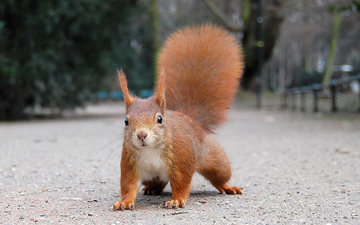
5 POINTS
Play: Sciurus vulgaris has a MOVE of 2.
Fact: Sciurus vulgaris do not hibernate but instead, hide food to see them through scarce periods.
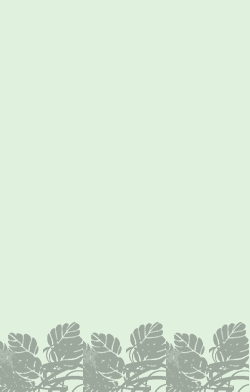
Puriri Moth
Aenetus virescens

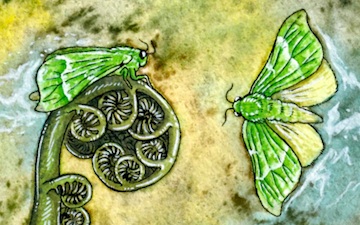
5 POINTS
• Aenetus virescens has a FLIGHT of 2
• Aenetus virescens spends 5 or so years of its life as a grub in a tree trunk, with the last 48 hrs of its life as a moth.
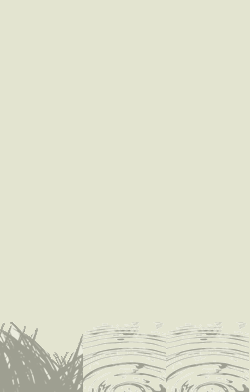
Etruscan shrew
Suncus etruscus

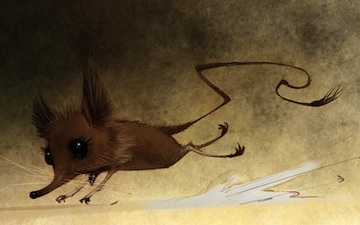
6 POINTS
• Suncus etruscus has a MOVE of 2.
• Suncus etruscus feeds up to 25 times per day.

Nanday Parakeet
Nandayus nenday

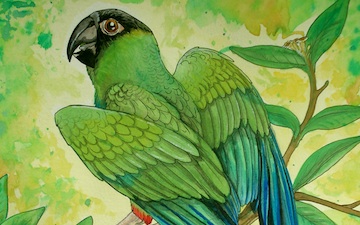
4 POINTS
• Nandayus nenday has a FLIGHT of 2.
• Nandayus nenday is often kept as a pet.

Cougar
Puma concolor

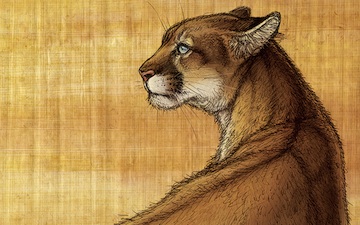
5 POINTS
• Puma concolor has a MOVE of 2, and can live on any land based TERRAIN.
• Puma concolor the highest number of names, with over 40 names in English alone.

Syrian hamster
Mesocricetus auratus

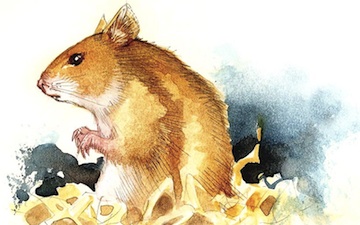
5 POINTS
• Mesocricetus auratus has a MOVE of 2.
• Mesocricetus auratus has expandable cheek pouches, which extend from its cheeks to its shoulders.